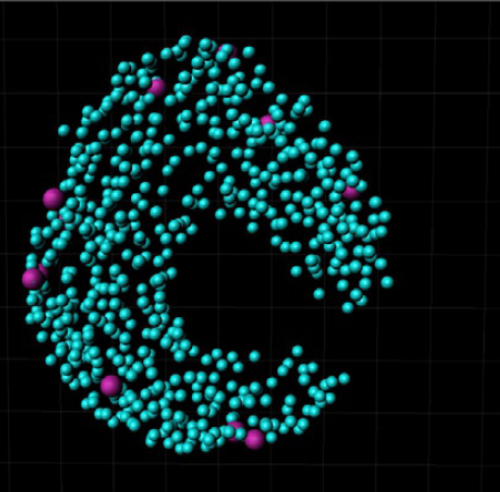Choosing the right microscope to image mitosis in zebrafish embryos: A practical guide. Yanakieva I1, Matejčić M2, Norden C3.
Tissue growth and organismal development require orchestrated cell proliferation. To understand how cell division guides development, it is important to explore mitosis at the tissue-wide, cellular, and subcellular scale. At the tissue level this includes determining a tissue's mitotic index, at the cellular level the tracing of cell lineages, and at the subcellular level the characterization of intracellular components. These different tasks can be addressed by different imaging approaches (e.g., laser-scanning confocal, spinning disk confocal, and light-sheet fluorescence microscopy). Here, we summarize three protocols for exploring different facets of mitosis in developing zebrafish embryos. Zebrafish embryos are transparent and their rapid external development greatly facilitates the study of cellular processes and developmental dynamics using microscopy. A critical step in all imaging studies of mitosis in development is to choose the most suitable microscope for each scientific question. This choice is important in order to ensure a balance between the required temporal and spatial resolution and minimal phototoxicity that could otherwise perturb the process of interest. The use of different microscopy techniques, best suited for the purpose of each experiment, thus permits to generate a comprehensive and unbiased view on how mitosis influences development.

- Methods Cell Biol. 2018;145:107-127
- 2018
- Developmental Biology
- 29957200
- PubMed
Enabled by:
